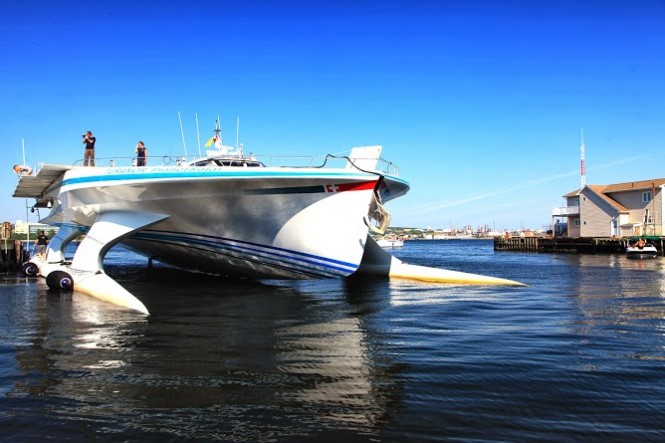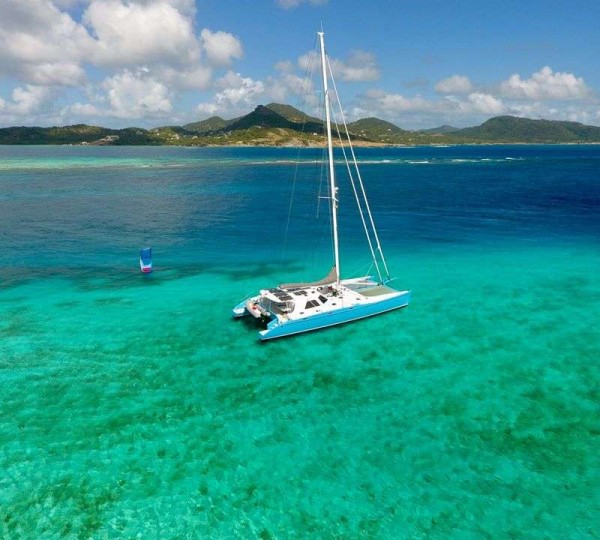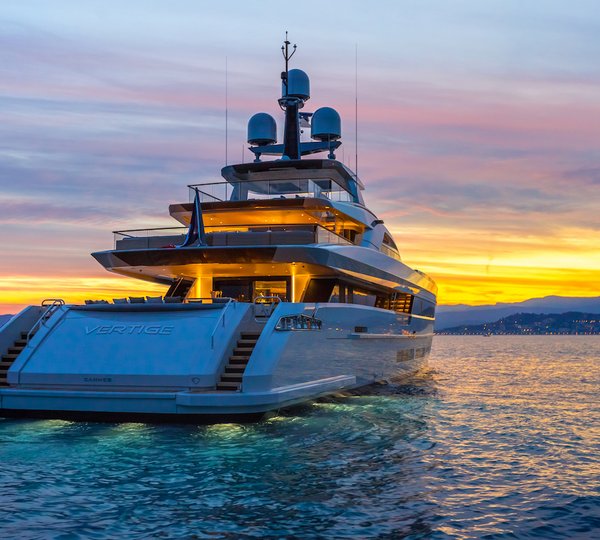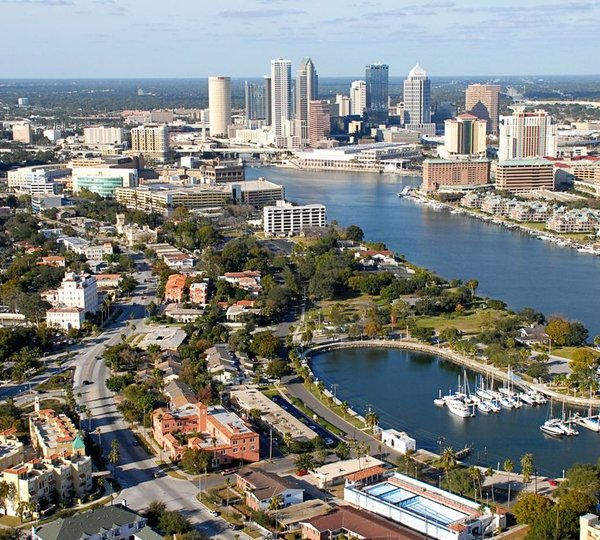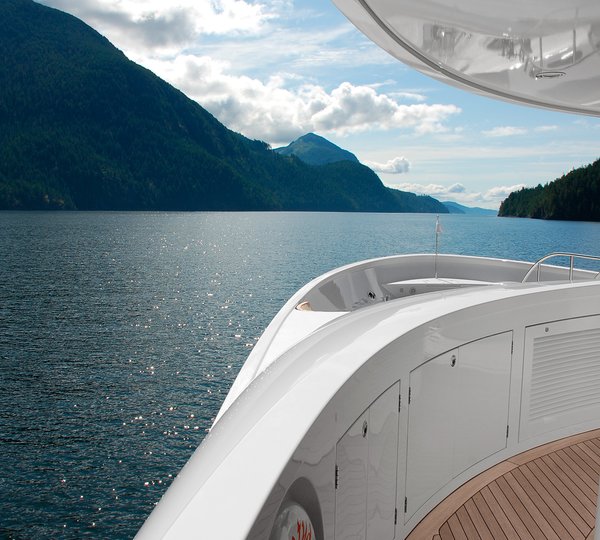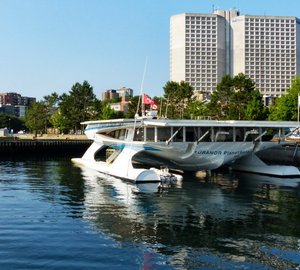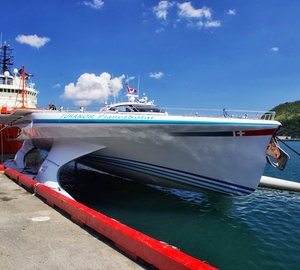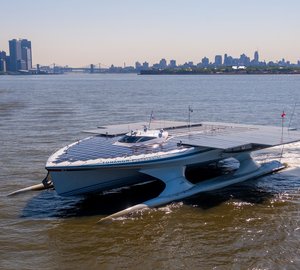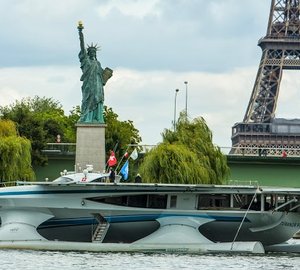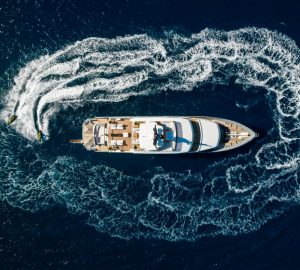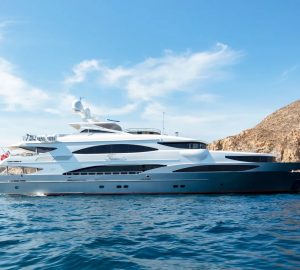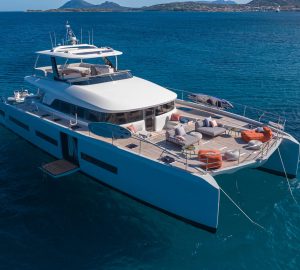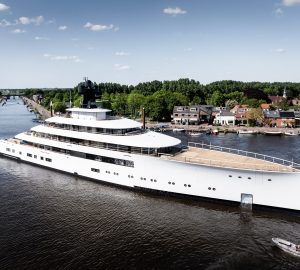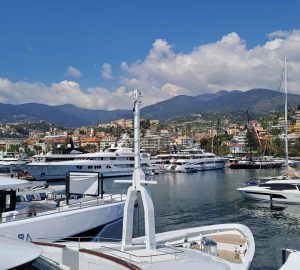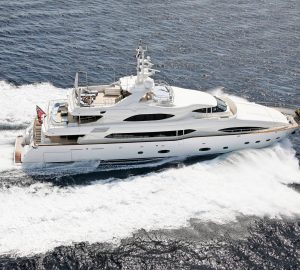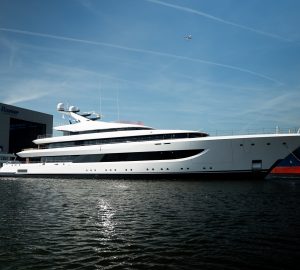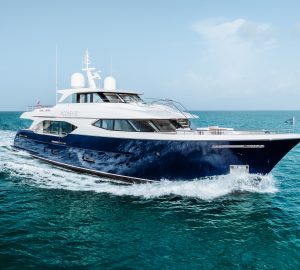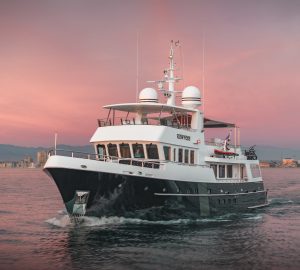During the afternoon of August 1, 2013, the impressive catamaran PlanetSolar reached the city of St. John’s in Canada. Leaving Canada’s Halifax on July 22, the ship and her crew are continuing on their “PlanetSolar DeepWater” scientific expedition, a measurement campaign conducted along the Gulf Stream.
This scientific adventure is a unique opportunity for researchers from the University of Geneva (UNIGE) to observe and analyze eddies. By reaching Newfoundland, a region known for its difficult navigational conditions and frequent fog, the MS Tûranor PlanetSolar demonstrated that solar navigation is possible even in the heart of areas with intermittent sunlight.
St. John’s is the most northerly point the world’s largest solar boat has ever reached. After leaving Halifax, the journey that separated the two Canadian cities enabled UNIGE scientists to pursue their research and analysis of the phenomenon of eddies—large vortices that break away from the main part of the Gulf Stream. They have an effect on heat exchanges with the atmosphere and phytoplankton growth. Between Boston and Halifax, the data collected showed a noticeable increase in the number of aerosols as the ship gradually moved closer to Canada.
This time, the UNIGE scientific team intercepted the vortices off the coast of Nova Scotia. “Although the data collected thus far is still in a very preliminary phase of analysis, the aerosol measurements seem to suggest that the quantity of microparticles suspended in the air, emitted by the ocean, is higher than anticipated.
The truth is, our knowledge about oceanic aerosols is very incomplete, and the measurements taken by the “Biobox” (developed by the Applied Physics Groups at the University of Geneva) could deliver completely unprecedented results and thereby shed new light on oceanic influence on climate,” says Professor Martin Beniston, climatologist and director of the Institute of Environmental Science at UNIGE.
“This trip, carried out in a zigzag, was tricky, and was a significant challenge in terms of solar navigation,” says Gérard d’Aboville, captain of the MS Tûranor PlanetSolar. “In fact, the Newfoundland region is known for its dense fog, because the cold Labrador Current meets the warm Gulf Stream Current there. In addition, a northeasterly wind slowed down our journey,” adds d’Aboville.
The stopover in St. John’s will last until August 5, allowing the “PlanetSolar DeepWater” scientific teammates a rotation. The MS Tûranor PlanetSolar will then set off into the vastness of the North Atlantic, heading for the United Kingdom. Over 3’500 kilometers await the ship and her crew.
The “PlanetSolar DeepWater” scientific expedition
Launched in Florida in early June, the “PlanetSolar DeepWater” expedition is striving to collect a continuous series of physical and biological measurements along the Gulf Stream, both in the water and in the air, using advanced instruments and the expertise of the UNIGE scientists.
Led by Professor Martin Beniston, climatologist and director of the Institute of Environmental Science at UNIGE, the research team is studying the key parameters of climate regulation, namely aerosols and phytoplankton, in order to better understand the complex interactions between the ocean and the atmosphere, as well as the role these interactions play in climate change.

